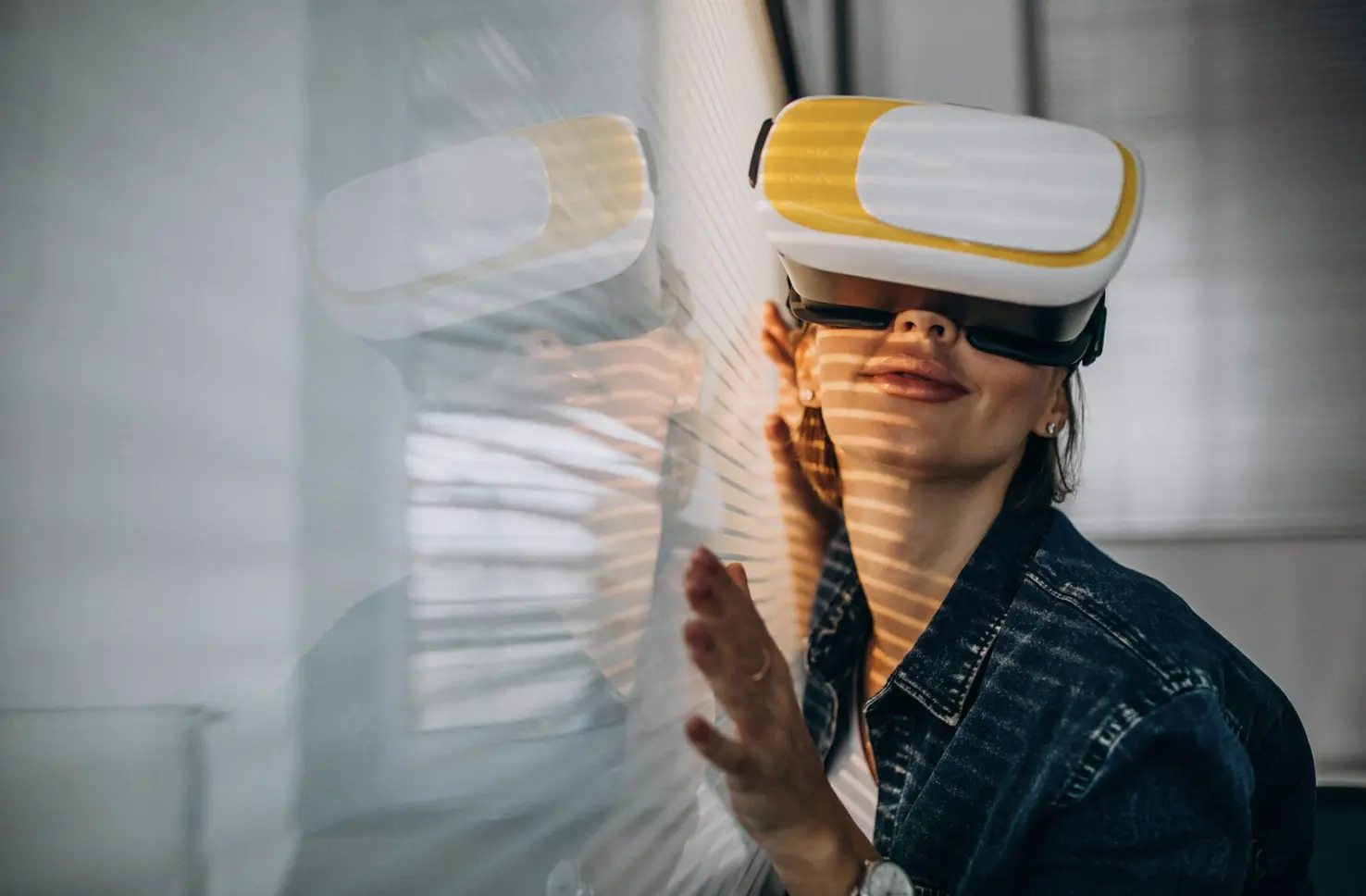As augmented reality (AR) continues to evolve, it increasingly captures the attention of developers, businesses, and consumers alike. With the potential to transform various industries, AR is set to play a pivotal role in how we interact with the digital world. This article explores the key trends shaping the future of augmented reality, highlighting innovations and developments that promise to enhance AR experiences.

1. Advances in Hardware
The advancement of hardware technologies stands at the forefront of AR development. Currently, smartphones as the primary method of delivering AR experiences. The introduction of lightweight, powerful devices such as AR glasses and headsets will refine what AR can do. Companies like Microsoft with their HoloLens and Apple with the Vision Pro are leading the charge. These devices provide improved processing power and better visual fidelity, enabling richer and more immersive experiences.
As manufacturers continue to miniaturize components, AR devices will become even more user-friendly. Enhanced battery life and ergonomics will encourage broader adoption, allowing users to integrate AR into their daily lives seamlessly. Wearable AR technology, like smart glasses, is likely to become a staple in various industries, from healthcare to manufacturing, facilitating hands-free interactions with digital content.
However, these devices struggle to gain a strong foothold among consumers due to high-price points. For AR to truly take off, low cost options need to become more widely available.
2. Integration with Artificial Intelligence
The synergy between augmented reality and artificial intelligence (AI) will transform the AR landscape. AI can enhance AR applications by improving object recognition, tracking, and user interactions. Machine learning algorithms can analyze data from user behavior, tailoring experiences to individual preferences.
Future AR applications will leverage AI to create smart environments. For example, in retail, AI can analyze customer movements and preferences, offering personalized recommendations in real time. This integration enhances the shopping experience, driving customer engagement and satisfaction.
AI-powered voice recognition and natural language processing will further facilitate user interactions with AR applications. Users will navigate experiences seamlessly, relying on voice commands or gestures, making AR more intuitive and user-friendly.
3. Expanding Industry Applications
AR is gaining traction across various sectors, and this trend is set to continue. Industries such as healthcare, education, retail, and real estate are increasingly adopting augmented reality services to enhance their operations and customer engagement.
Healthcare Innovations: In healthcare, AR is revolutionizing surgical procedures, allowing surgeons to visualize patient anatomy in real time. Additionally, AR can facilitate remote consultations, enabling doctors to guide patients through procedures with digital overlays, enhancing accessibility and efficiency.
Educational Enhancements: In education, AR is transforming how students learn. Interactive lessons that incorporate AR elements make complex subjects more engaging and comprehensible. As educational institutions increasingly adopt AR, the potential for improved learning outcomes expands significantly.
4. Privacy and Security Considerations
As AR technology evolves, concerns regarding privacy and security are becoming increasingly relevant. The integration of AR into daily life raises questions about data collection, user consent, and surveillance.
Developers and businesses must prioritize privacy and security by implementing robust measures to protect user data. As the regulatory landscape evolves, compliance with data protection laws will become critical for AR applications. Establishing transparent data practices and obtaining informed consent from users will build trust and encourage adoption.
5. Cross-Platform Compatibility
As AR technology continues to advance, cross-platform compatibility will emerge as a key trend. Users increasingly expect seamless experiences across devices, whether they are using smartphones, tablets, or AR glasses.
Companies are likely to develop unified ecosystems that allow users to access AR content across multiple platforms. This integration will enhance user convenience and foster a more cohesive experience. Developers will need to focus on creating applications that can adapt to different devices, ensuring consistent quality and functionality.
In professional settings, cross-platform AR applications will facilitate collaboration among teams. Employees can share and interact with AR content in real time, regardless of their location, improving productivity and communication.
Conclusion
The future of augmented reality holds immense potential, driven by key trends that are reshaping the AR landscape. Advances in hardware, integration with AI, expanding applications, privacy considerations, and cross-platform compatibility will all play pivotal roles in defining AR’s trajectory.

